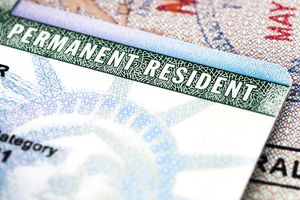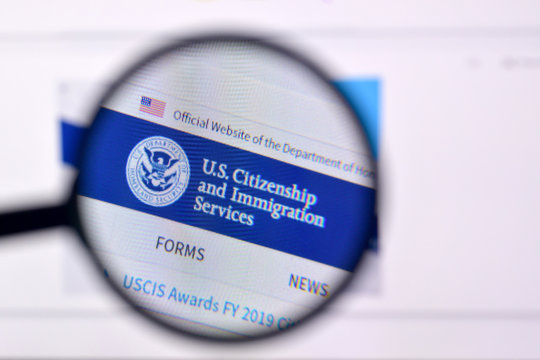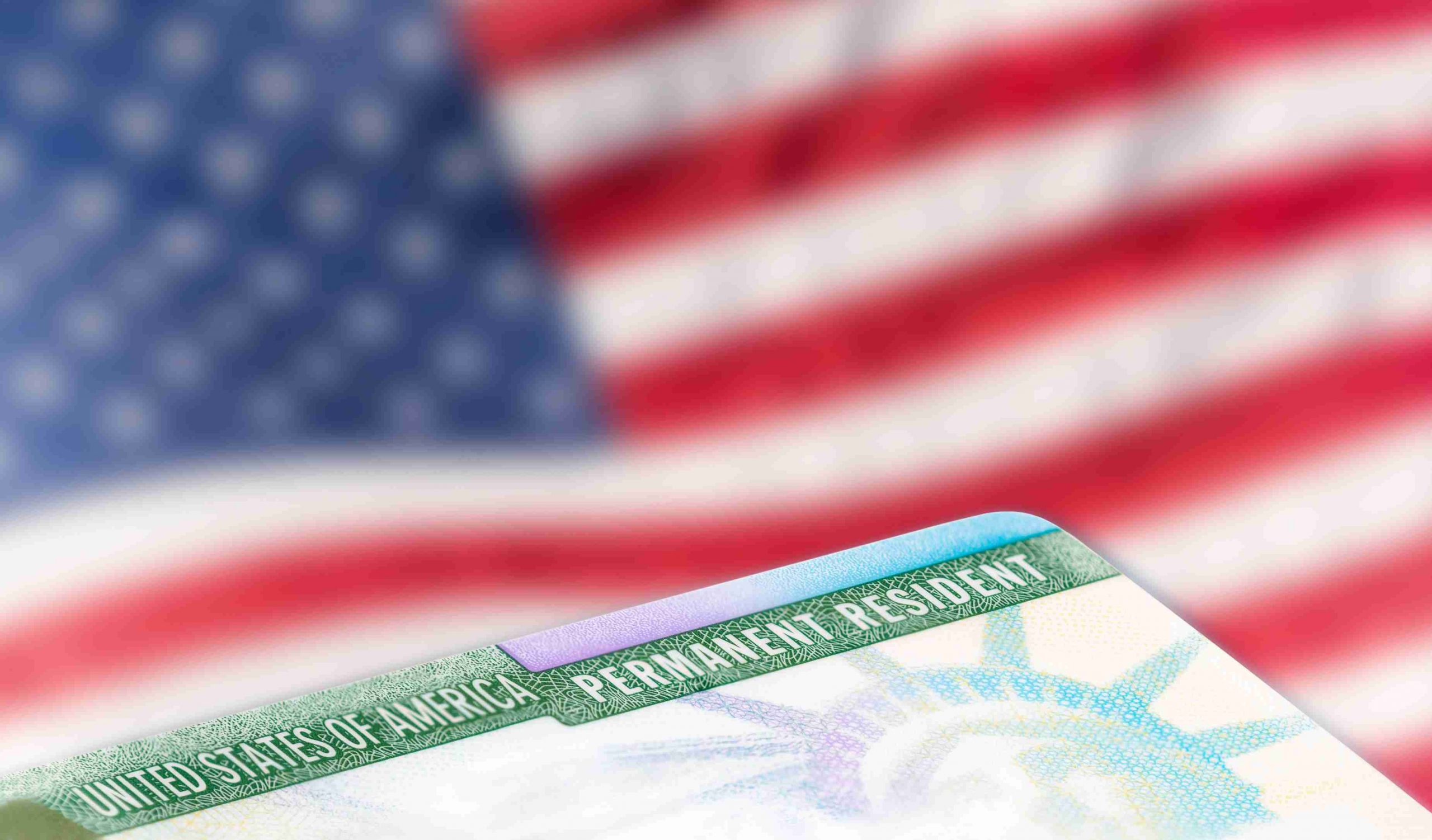Maintaining Permanent Residence
Many people believe there are actual time periods when they cannot leave the US or stay out of the US. In fact, to keep a green card, there really is no rule. The law requires permanent residence to prove that they intend to live permanently in the US on a specific date in the future. That is it. That is the rule.
When attempting to enter the US with a green card, the CBP Officer will look at the “totality of the circumstances†to determine if the person intends to live in the US permanently on a specific date in the future. The Officer will consider issues such as the amount of time the person was out of the US (or the cumulative time in the US if she/he travels frequently but for short trips); the person’s ties to the US such as family members in the US, employment in the US, bank accounts, where mail is delivered and if real property is owned in the US; and the Officer will look at the same ties the person has to another country. Based on these factors, the Officer will either admit the permanent resident or refuse admission in which case the permanent resident should request a hearing with an Immigration Judge (which will take many months but the person will be allowed in to wait for that hearing).
Remaining Eligible for Naturalization
Unlike maintaining permanent residence, remaining eligible to file for Naturalization requires following very strict timelines which are “bright line†rules.
The two most important rules are the “six-month†rule and the “half-time physical presence†rule.
The six-month rule states that if the person is out of the US for more than six consecutive months, upon the return to the US in almost all cases, the permanent resident will reset the five-year or three-year (if married to a US citizen for three years) rules to apply for naturalization. In some rare cases, and the COVID 19 pandemic may well be one of these cases, the six-month absence will be excused and the waiting period will not be reset. However, an absence of twelve consecutive months will automatically reset the waiting period, with no exceptions.
The second rule requires the permanent resident to be physically in the US for at least half the waiting period, plus one more month. If the waiting period is five years, the person must be physically in the US for 31 of those 60 months, in the aggregate. If the waiting period is three years (based on marriage to and residing with a US citizen) then physical presence is required for 19 of those 36 months. Note this “half-time†rule continues through to the swearing-in ceremony. So if there are long periods out of the US from the time of filing for Naturalization to the swearing-in ceremony, the person may not be physically present for half the time plus one month. The waiting period is determined backward from the anticipated swearing-in ceremony to five or three years. It is not counted from the grant of permanent residence forward for five or three years.
The important thing to remember is there are no “bright line†rules for keeping a green card but there are certainly very strict rules for remaining eligible for Naturalization.
David Swaim
Managing Partner- Dallas, TX
Tidwell, Swaim & Farquhar



